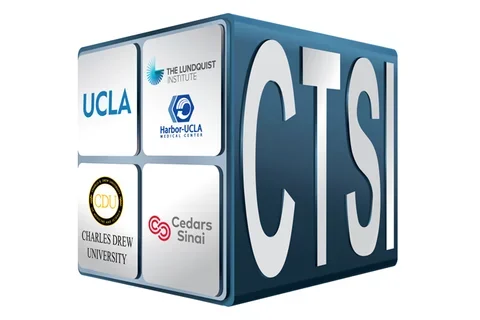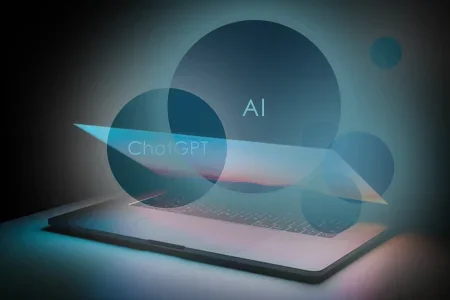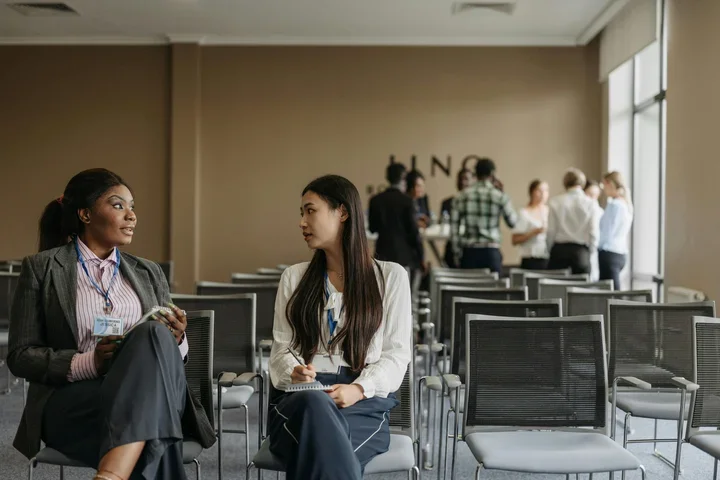Brain implant restores visual perception to the blind

Seven years ago, Jason Esterhuizen was in a horrific car crash that destroyed his eyes, plunging him into total darkness. Today, he’s regained visual perception and more independence, thanks to an experimental device implanted in his brain by researchers at UCLA Health.
“Now I can do things that I couldn’t do before,” said Esterhuizen, 30, who moved from his native South Africa to participate in the clinical trial at UCLA. “I can sort the laundry, find my way in lighted hallways without using a cane and cross the street more safely. It’s making my life much easier.”
The device is geared to people who used to be able to see but lost their vision to injury or disease. While it doesn’t provide normal sight, it enhances users’ ability to navigate the world by restoring their capacity to detect movement and distinguish light and dark.
Read the full UCLA press release.
The National Institutes of Health’s Brain Research through Advancing Innovative Neurotechnologies (BRAIN) Initiative funded the study at UCLA, with device development and support from Second Sight Medical Products, Inc. Pouratian serves as a scientific consultant to Second Sight. UCLA CTSI's Clinical and Translational Research Center also provided patients rooms and nursing support.
More information:
CBS This Morning: Scientific breakthrough may eventually allow many blind people to see
KNBC: Brain implant developed at UCLA helps blind see light like never before
Medium OneZero: A Blind Man Sees His Birthday Candles Again, Thanks to a Bionic Eye
Futurism: A Man's New Bionic Eye Lets Him See After an Accident Blinded Him
Image source: UCLA Health
Image caption: Jason Esterhuizen, who is blind, describes what he sees to UCLA Health researchers. He is the world's second recipient of an experimental device that directly signals the brain, restoring his ability to perceive light and motion. Patient rooms and nursing support were provided by the UCLA Clinical and Translational Research Center.



